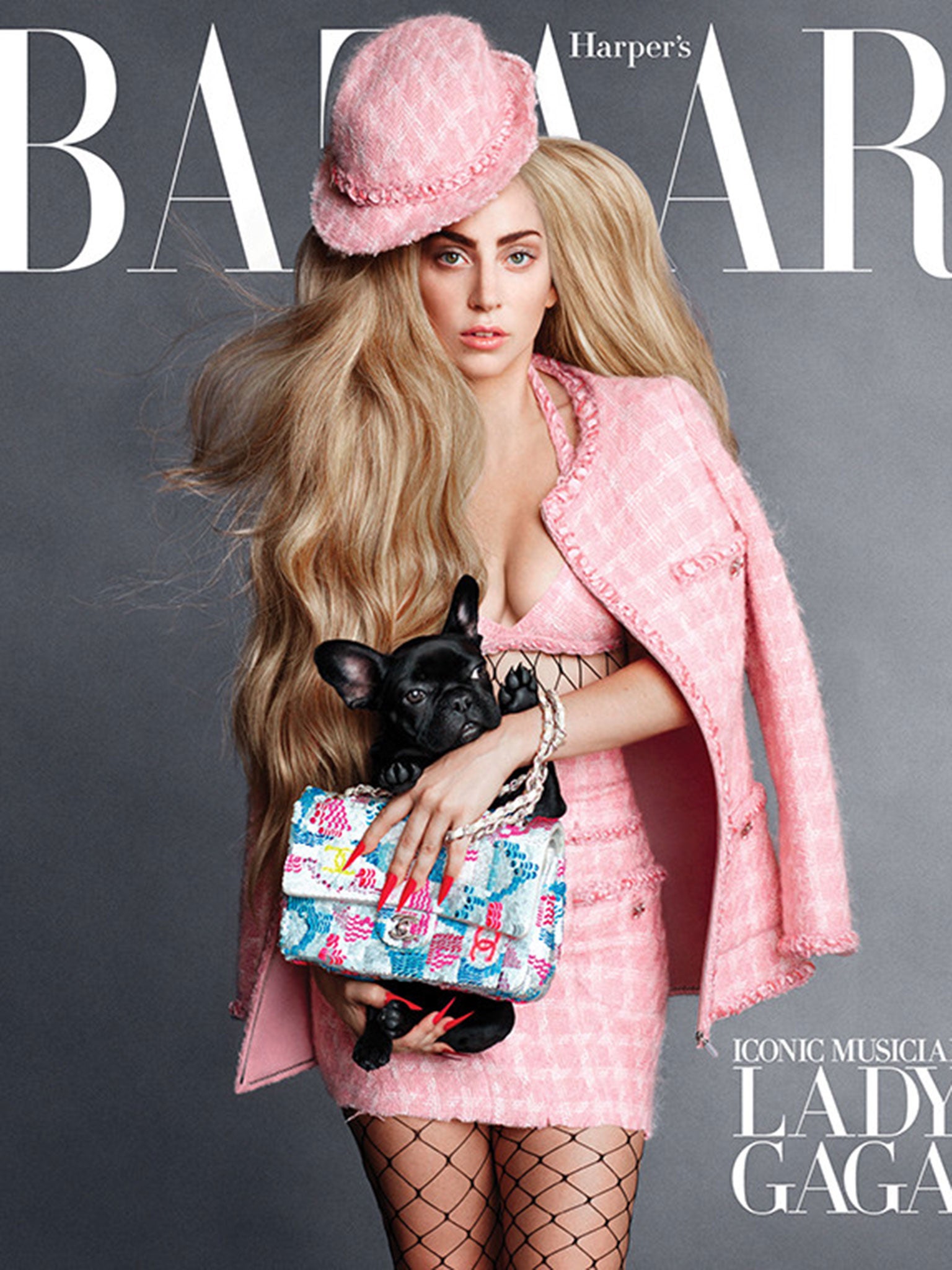Alexander Fury: Mediocre advertising in fashion magazines is a hard sell
September issues have seen the biggest editions in history, but they're all stuffed with advertising

It's August. Which means, of course, that the September issues are out in force. For those who fret about the state of publishing, you need only feel the heft of some of the glossies – British Vogue weighs in at just under 500 pages for September, Harper's Bazaar's biggest issue in history sits at 418 – to assuage your fears.
However, leafing through those magazines, stuffed as they are with advertising, there’s an uneasy realisation. Namely, how bland and pedestrian it all looks. Of course, one could easily argue that’s the point – advertising isn’t about pushing fashion boundaries or taking people out of their comfort zone. At least, not anymore – gone are the days when Bourdin shot Charles Jourdan shoe campaigns to resemble surreal murder scenes, or Chris Von Wangenheim has a rottweiler chew the bejewelled wrist of a model as a provocative promo for Dior jewellery.
Those are extreme examples drawn from the shock-tactic heavy seventies. But even a decade ago, fashion advertising was producing arresting images that have ended up burnt into the popular consciousness. Remember Sophie Dahl as a alabaster odalisque shot by Steven Meisel for Yves Saint Laurent? Or Gisele clad in monogramed Dior by Nick Knight? Those images have a life far beyond the supposed sell-by-date of the clothes.
If today fashion is preoccupied by the bottom line – witness the soaring prominence of those previously-invisible cash cow pre-collections, and everyone’s focus on making not just covetable accessories but eminently wearable, saleable clothes – its advertising is dominated by the hard sell. A surfeit feature models blandly, passively posed against block-colour backdrops. Even ones with more inventive narrative pretensions are easily deflated. Take Alexander Wang’s winter images, make-believe transgression in a real Catholic girl’s school. In a couple of the shots, models lie splayed on the floor, a pair of boots suggestively straddling their head. But it’s less the implied violence of the image that arrests, more those boots. Or the very visible handbags obscuring most of the models’ clothes.
September issue 2014 covers
Show all 11A model clutching a clutch about the chest – or, at least somewhere prominently in the foreground – seems like a desperate cry for attention from many a fashion house, like the money-men imploring “Buy me!” Interesting, then, that Nicolas Ghesquiere’s debut campaign for Louis Vuitton – probably the biggest bagger of them all – sees accessories relegated to relatively low-key status. They never obscure or overpower the clothes, nor the images themselves, shot by the powerful triumvirate of Annie Leibovitz, Bruce Weber and Juergen Teller. They’re great photographs of great clothes, first and foremost. That’s what makes them a powerful brand message.
Subscribe to Independent Premium to bookmark this article
Want to bookmark your favourite articles and stories to read or reference later? Start your Independent Premium subscription today.

Join our commenting forum
Join thought-provoking conversations, follow other Independent readers and see their replies